A DIY complete off-grid solar power system allows you to generate off-grid electricity by harnessing the sunlight. This system enables homeowners to use solar energy to fulfill their power needs. This lets you have a sustainable lifestyle and eliminates dependence upon conventional grid energy. However, proper planning is essential before setting up an off-grid system in your home.
Jackery Solar Generator is a solar system that uses renewable energy as a power source. With easy setup and reliable energy, these solar generators enable off-grid living. Various sizes and capacities are available, so you can choose the solar generator that fits your requirements. These solar generators are portable, emission-free, and operate quietly. During off-grid living, they can power various appliances such as refrigerators, microwaves, coffee makers, laptops, phones, and more.
Key Takeaways
- LiFePO4 batteries are ideal for off-grid solar as they handle frequent charging and discharging better than other types. They also have an ideal energy density and extended cycle life.
- Jackery Solar Generators provide a portable and reliable off-grid power solution.
- A pure sine wave inverter is suitable for off-grid solar systems and provides clean and stable power for most appliances.
- An off-grid solar panel kit with a battery and inverter provides a complete energy solution, allowing users to generate, store, and convert solar power for various applications.
Essential Components of an Off-Grid Solar Power Setup
A traditional off-grid solar system is more complex and requires additional components. It needs a power controller to regulate power flow, a battery bank to store energy, and a connected load to use the stored power. An off-grid solar kit provides a reliable and sustainable energy solution for remote locations. Here are some essential components of an off-grid solar kit that can help you live off the grid:
Solar Panels
Solar panels trap the sun's rays, generate electricity, and store the energy in batteries for later use. There are two main types of solar panels: monocrystalline and polycrystalline. Monocrystalline panels are efficient but expensive, while polycrystalline panels are cheaper but take up more space. Off-grid solar panel kits are popular for remote locations or independent energy solutions.
Battery Bank
The common types of batteries are lead-acid, lithium-ion, and deep-cycle batteries. Lead-acid batteries are cheap but have a shorter lifespan. Lithium-ion batteries last longer and power faster but are expensive.
Power Inverter
The inverter converts DC power from batteries into AC power for appliances. A pure sine wave inverter provides clean and stable control. Different types of inverters are available for various needs. Standalone inverters work off-grid, and hybrid inverters can use battery power and the grid.
The Jackery Solar Generator 5000 Plus is compatible with the Jackery Smart Transfer Switch, an automatic transfer switch. It can switch between the main grid utility supply and the backup power supply to power the appliances. When the electricity grid fails to supply electricity, the Smart Transfer Switch switches to a backup source like a solar generator and ensures continuous power supply to the appliances.
Jackery Off-Grid Solar Generators
Jackery is a leading manufacturer of Jackery Solar Generators, Jackery SolarSaga Solar Panels, and Jackery Portable Power Stations. Jackery aims to provide sustainable and eco-friendly energy for various purposes through this solar power supply system. Whether you live off-grid or need a power supply during power outages, these solar generators offer reliable energy to power your appliances.
When the solar panels are placed outside on a bright sunny day, they capture the sun's energy through their special PV cells. The solar panels then convert the sun's energy into electrical energy and transfer it to a portable power station. There, DC gets converted to AC and used to power appliances such as a water pump, electric stove, dishwasher, computer, laptop, and more.
Jackery Solar Generator 5000 Plus
The Jackery Solar Generator 5000 Plus offers reliable home backup power lasting up to two weeks, depending on the appliances you power. Whether you want to live off the grid or are going through power outages, it can power heavy-load appliances such as dryers, water pumps, AC, etc. It has a compact, quiet design and is equipped with wheels and a pull handle. This off-grid generator also has multiple charging options to add convenience, while its zero-emission design ensures safe indoor use.
Appliances Working Hours
- Oven (2000W): 2.0H
- Coffee Maker (1500W): 2.8H
- Induction Cooker (1900W): 2.2H
- Dryer (1800W): 2.3H
- Garment Steamer (2400W): 1.7H

Customer Review
“Great savings as purchased during the promotion—quick arrival. Installation was easy. Able to use within 2 days of arrival. Solid system. Panels are easy to install with clips to siding and roof tiles.”
- Melimel
Jackery Solar Generator 2000 Plus
Jackery Solar Generator 2000 Plus is an ideal solar generator for off-grid living as it can power various heavy-duty devices. By adding battery packs and solar panels, you can expand the capacity of this solar generator. This ensures extra power for off-grid living and powering your devices during extended blackouts. It can power home appliances such as refrigerators, ovens, microwaves, and TVs.
Appliances Working Hours
- Refrigerator (520W): 3.2H
- Electric Oven (1600W): 1.1H
- Portable Air Conditioner (1150W): 1.5H
- Coffee Maker (550W): 3.0H
- Outdoor Electric Grill (1700W): 1.0H

Customer Review
“I like that the panels are interchangeable with my smaller Jackerys. I also love that it can be used as a battery backup.”
-Jamey Scroggins
Jackery Solar Generator 1000 Plus
The Jackery Solar Generator 1000 Plus supports up to three add-on battery packs, offering up to 1-3 days of home backup power. If you need an off-grid solar system for an RV, this solar generator is an ideal choice. It provides power on the go and can keep your appliances powered while driving. It also supports home emergencies and off-road travel to power appliances such as air fryers, coolers, and CPAPs.
Appliances Working Hours
- Air Fryer (800W): 1.3H
- Cooler (300W): 3.2H
- Refrigerator (520W): 1.9H
- Coffee Maker (550W): 1.8H
- Electric Cooker (900W): 1.1H

Customer Review
“These work perfectly, and the solar panels help charge so fast. Customer service is top-notch as well.”
- Duane Lumm
|
Jackery Solar Generator |
Package |
Use Case |
|
Jackery Solar Generator 5000 Plus |
Explorer 5000 Plus + SolarSaga 500 X * 2 |
Ideal for off-grid power supply in remote locations. |
|
Explorer 5000 Plus + SolarSaga 500 X *2 + Smart Transfer Switch |
Ideal for power supply in case of power outages. |
|
|
Explorer 5000 Plus (10kWh) + SolarSaga 500 X * 2 + Smart Transfer Switch |
Ideal for power supply in case of extended blackouts and off-grid living. |
|
|
Jackery Solar Generator 2000 Plus |
Explorer 2000 Plus + SolarSaga 500 X |
Ideal for home emergencies. |
|
Explorer 2000 Plus + SolarSaga 200W * 2 |
Ideal for home backup power. |
|
|
Explorer 2000 Plus Kit (4kWh) + SolarSaga 200W * 2 |
Ideal for power outages and off-grid living. |
|
|
Explorer 2000 Plus Kit (6kWh) + SolarSaga 200W * 2 |
Ideal for blackouts and additional home backup power. |
|
|
Jackery Solar Generator 1000 Plus |
Explorer 1000 Plus + SolarSaga 100W * 2 |
Ideal for 1-2 day adventure trips. |
|
Solar Generator 1000 Plus Roam Kit(1.26kWh + 100Prime * 2) |
Ideal for off-road travel. |
|
|
Solar Generator 1000 Plus Kit (2.5kWh + SolarSaga 100 * 2) |
Ideal for an off-grid solar system for RV. |
Step-by-Step Guide to Build Off-Grid Solar System
Off-grid solar electricity enables independent and sustainable power generation without relying on the utility grid. To build an off-grid solar system, you must have essential components such as batteries, solar panels, inverters, and a power controller. Here is a step-by-step process to build an off-grid solar system:
Step 1: Calculate Daily Energy Consumption
First, list all appliances you will use with solar energy. Note how many hours each will run. Check the power rating of each appliance from its specification chart. Multiply run time by power rating to get Watt-Hours. Add up all watt hours to get the total energy needed.

Step 2: Select the Battery
Batteries store solar energy for later use. Deep-cycle batteries are best because they allow slow discharge and daily recharge. Choose between 12V, 24V, or 48V based on your power needs. Smaller homes use 12V or 24V, while large setups need 48V. A good battery ensures power availability at night.
Step 3: Select the Solar Panel
Solar panels convert sunlight into electricity. There are two types: monocrystalline and polycrystalline. Monocrystalline panels are more efficient but cost more. The solar panel should generate enough electricity to power your battery daily. Sunlight availability depends on location and season.

Jackery Solar Generators offer a reliable and portable solution for off-grid power. They combine high-efficiency Jackery SolarSaga Solar Panels with a Jackery Portable Power Station for easy and convenient energy use for off-grid living.
Step 4: Select Power Controller
A power controller regulates power flow from panels to batteries. It prevents overcharging and protects battery life. It adjusts voltage as sunlight intensity changes, helping maintain a steady power supply. It is a key component for battery safety.
Step 5: Select Inverter
An inverter converts the direct current (DC) from the batteries into alternating current (AC), which powers appliances. There are three main types of inverters. Square wave inverters are the cheapest but not suitable for most appliances. Modified sine wave inverters work for some devices but are not ideal for fridges, microwaves, or motors. Pure sine wave inverters are the best choice as they provide clean and stable power for almost all appliances.
Step 6: Balance of System ( BOS )
BOS includes all extra components that help the system work. These include inverters, batteries, disconnects, power controllers, meters, wiring, and connectors. These parts connect and protect your solar setup. A good BOS ensures smooth operation and safety.
Traditional solar systems require multiple components and complex setups. The Jackery Solar Generator 5000 Plus makes it easier. It has a built-in pure sine wave inverter, so no separate parts are needed, unlike a traditional off-grid system, which uses every component separately. The plug-and-play accessibility means you connect the solar panels to the portable power station and start using power. It ensures safe and stable energy for appliances. This portable and scalable system makes it ideal for off-grid use and emergencies.
How Much Does it Cost to Go Off-Grid With Solar?
The cost of off-grid solar electric systems with batteries varies. A 4kW system starts at around $10,000, while a more extensive 16kW system can cost up to $30,000. The price covers installation and all necessary parts, including solar panels, inverters, batteries, mounting structures, and accessories for the system to work correctly.
In the U.S., residential solar panels typically cost around $2.56 per watt before incentives. However, the final price depends on system size, equipment, quality, and other variables.
|
Solar System Model |
Estimated Price |
|
1kW Solar System (12V) |
$800 - $1000 |
|
2kW Solar System |
$4,000 - $6,000 |
|
3kW Solar System |
$8,000 - $9,000 |
|
5kW Solar System |
$11,000 - $13,000 |
|
6kW Solar System |
$15,000 - $17,000 |
|
7.5kW Solar System |
$18,000 - $21,000 |
|
10kW Solar System |
$22,000 - $30,000 |
|
15kW Solar System |
$33,500 - $40,000 |
|
20kW Solar System |
$40,000 - $55,000 |
|
30kW Solar System |
$60,000 - $1,60,000 |
Note: These are estimated prices and price per watt may vary based on location, brand, installation costs, and available incentives.
Jackery Solar Generators offer good value compared to traditional systems. With its simple setup and all-in-one design, these solar generators make solar power easier. Here is a table with some packages of Jackery Solar Generators, their capacities, rated and surge power, and cost:
|
Product Name |
Battery Capacity (kWh) |
Power (kW) |
Cost |
|
Explorer 5000 Plus + SolarSaga 500 X x 2 |
5040Wh (5.04kWh) |
Rated: 7.2kW Surge: 14.4kW |
$4,999 |
|
Explorer 5000 Plus + SolarSaga 500 Xx 2 + Smart Transfer Switch |
5040Wh (5.04kWh) |
Rated: 7.2kW Surge: 14.4kW |
$5,999 |
|
Explorer 5000 Plus (10kWh) + SolarSaga 500 X x 2 + Smart Transfer Switch |
10,080Wh (10.08kWh) |
Rated: 7.2kW Surge: 14.4kW |
$8,499 |
|
Explorer 2000 Plus + SolarSaga 500 X |
2042.8Wh (2.04kWh) |
Rated: 3kW Surge: 6kW |
$3,299 |
|
Explorer 2000 Plus + SolarSaga 200W x 2 |
2042.8Wh (2.04kWh) |
Rated: 3kW Surge: 6kW |
$3,299 |
|
Explorer 2000 Plus Kit (4kWh) + SolarSaga 200W x 2 |
4085.6Wh (4.08kWh) |
Rated: 3kW Surge: 6kW |
$4,999 |
|
Explorer 2000 Plus Kit (6kWh) + SolarSaga 200W x 2 |
6128.4Wh (6.12kWh) |
Rated: 3kW Surge: 6kW |
$3,299 |
|
Explorer 1000 Plus + SolarSaga 100W x 2 |
1264Wh (1.26kWh) |
Rated: 2kW Surge: 4kW |
$1,699 |
|
Solar Generator 1000 Plus Roam Kit(1.26kWh + 100Prime x 2) |
1264Wh (1.26kWh) |
Rated: 2kW Surge: 4kW |
$1,399 |
|
Solar Generator 1000 Plus Kit (2.5kWh + SolarSaga 100 x 2) |
2528Wh (2.52kWh) |
Rated: 2kW Surge: 4kW |
$2,399 |
Off Grid Solar FAQs
How many watts of solar do I need off-grid?
The number of watts needed depends on your total daily energy consumption. Calculate your appliance usage in watt-hours and size your system accordingly. A typical small off-grid solar system may need 3kW-5kW, while larger setups may require 10kW or more.
Is 5kW enough to power a house?
A 5kW off-grid solar system can power essential household appliances like lights, fans, a fridge, and small electronics. However, you may need a more extensive system using heavy-duty appliances like large air conditioners or electric stoves.
What can 2000 watts of solar power run?
A 2000-watt solar system can power small appliances such as lights, a refrigerator, a TV, a laptop, and a microwave for a few hours daily.
Can you install off-grid solar yourself?
Yes, you can install off-grid solar power systems yourself with proper planning and knowledge. Jackery Solar Generators is an off-grid solar system that can be easily set up indoors or outdoors.
How many solar panels do I need to be off-grid?
The number of panels depends on your energy needs and panel wattage. For example, if you need 5kW and use 400W panels, you’ll need about 13 panels. More extensive energy requirements will require more panels and battery storage.
Conclusion
Off-grid solar power systems offer reliable electricity in areas without grid access. They help reduce carbon footprints and provide energy security during power outages. A complete off-grid solar power system includes panels, batteries, an inverter, and a power controller. DIY off-grid solar power allows users to build their system with off-grid solar panel kits.
Jackery Solar Generators combine Jackery SolarSaga Solar Panels and Jackery Portable Power Stations to provide clean, reliable energy. These expandable and easy-to-use solar generators are designed for home backup, off-grid living, and RV travel.
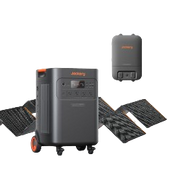
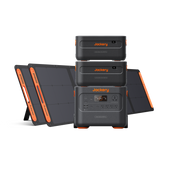
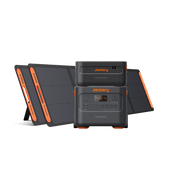
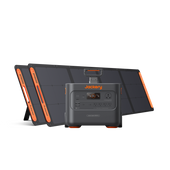

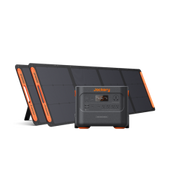
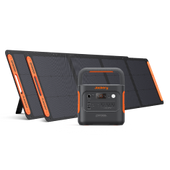

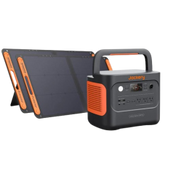
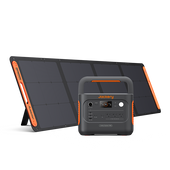
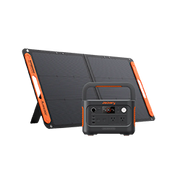

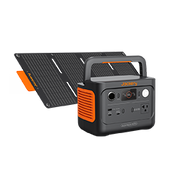
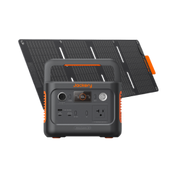
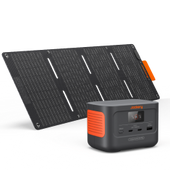
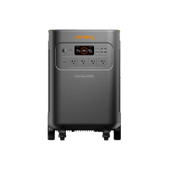

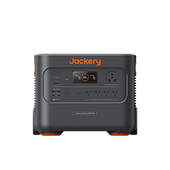
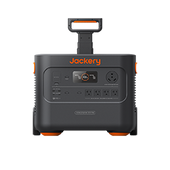
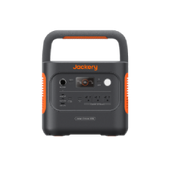
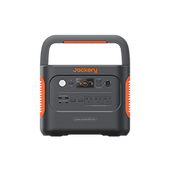
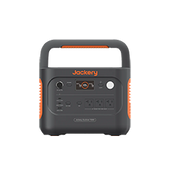
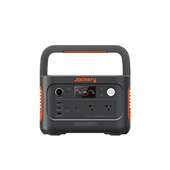
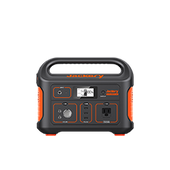


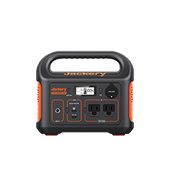
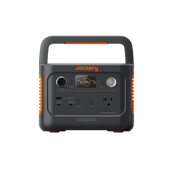
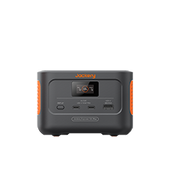



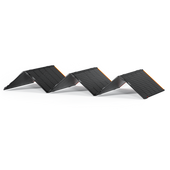

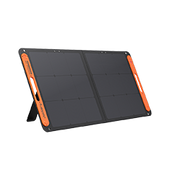
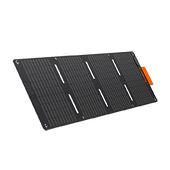
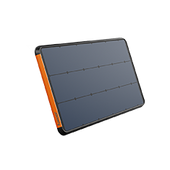
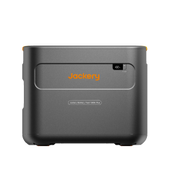
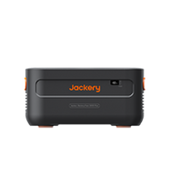
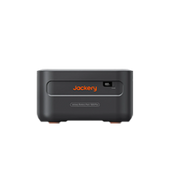

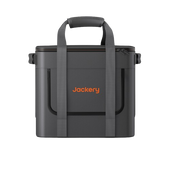
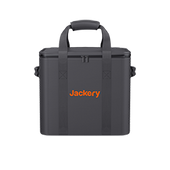
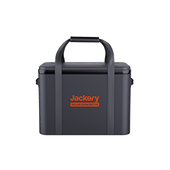
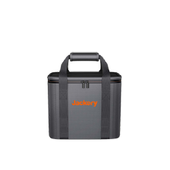
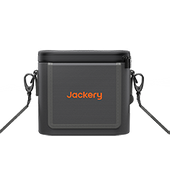
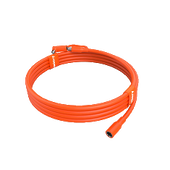

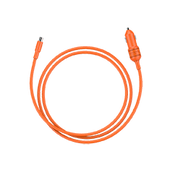

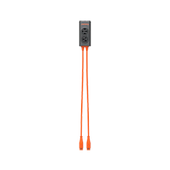
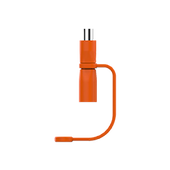
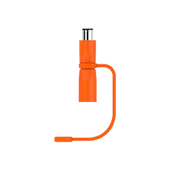
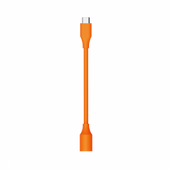
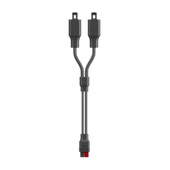
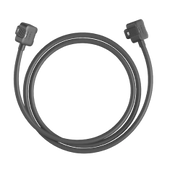
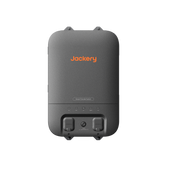
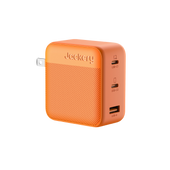

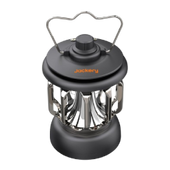


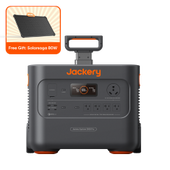
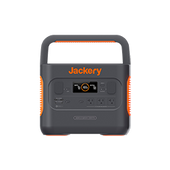
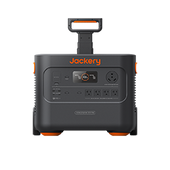
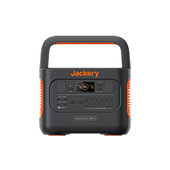
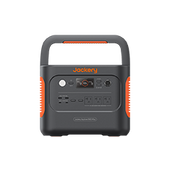
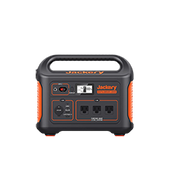

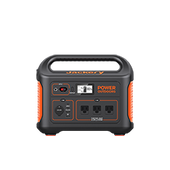
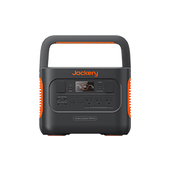
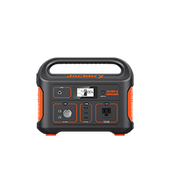
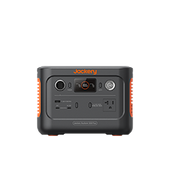

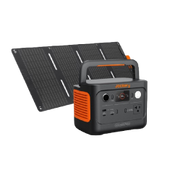
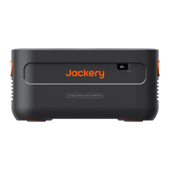
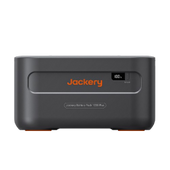


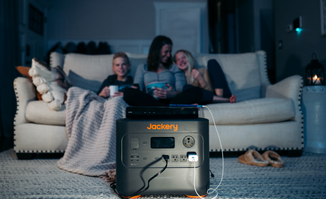

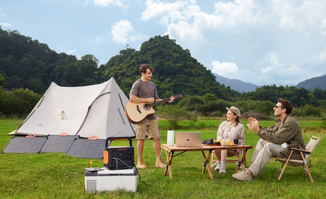
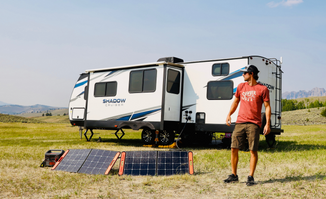

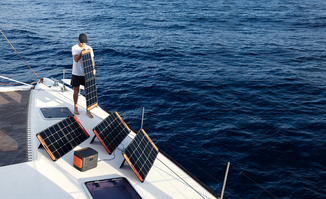
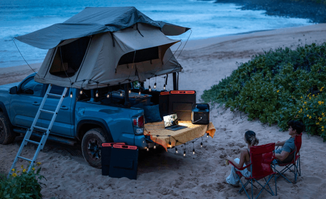
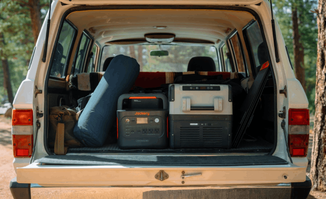

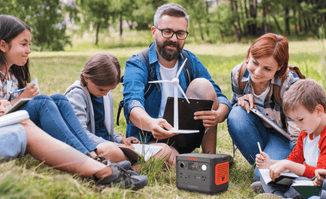


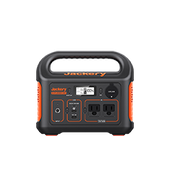

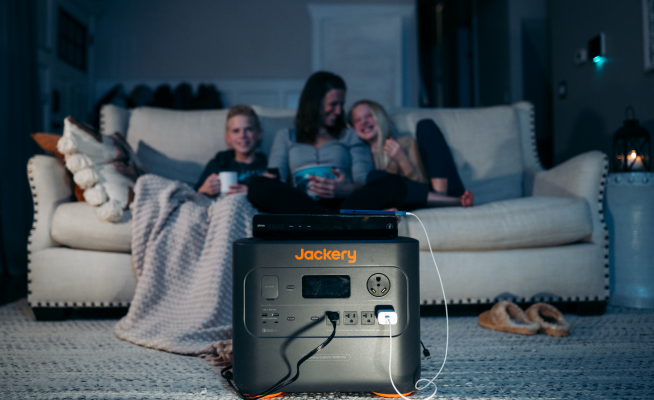

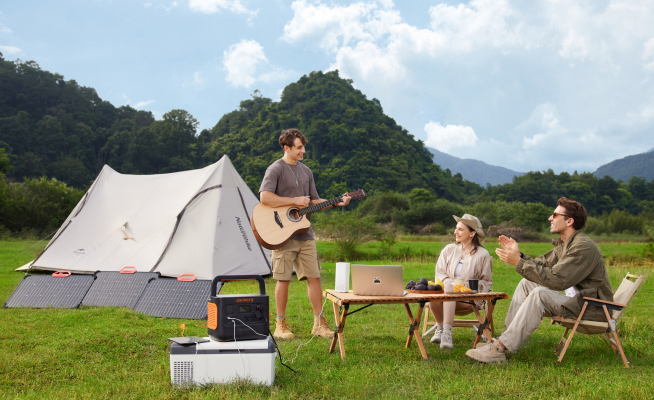
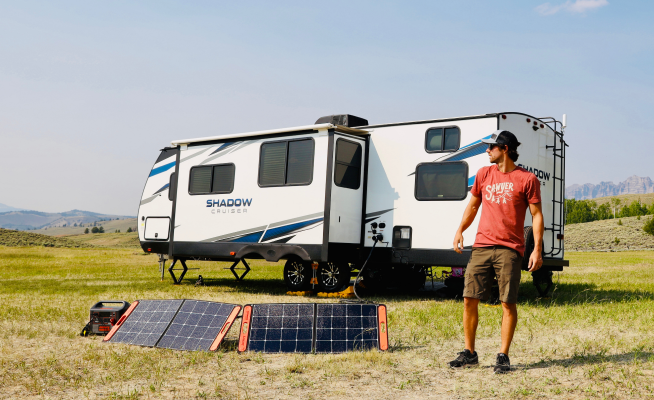

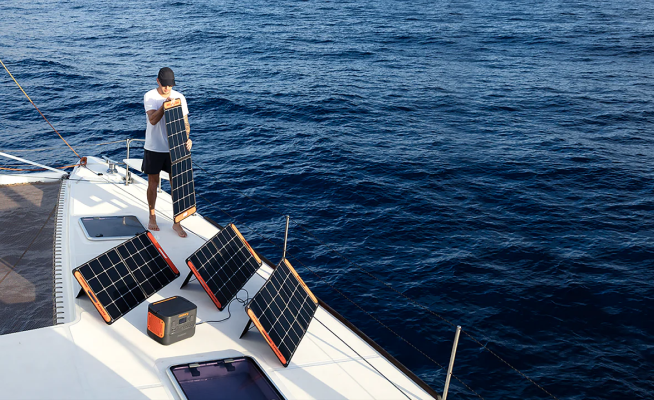
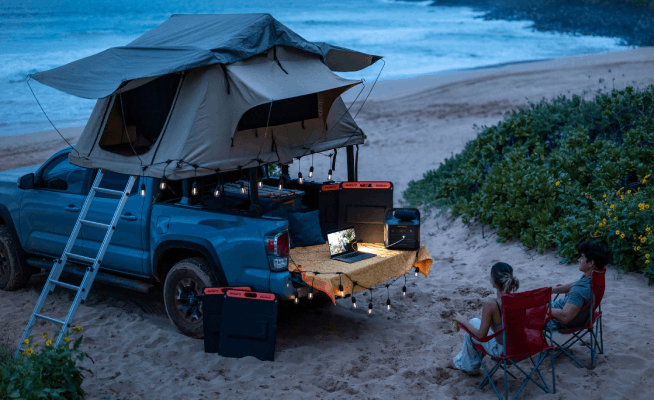
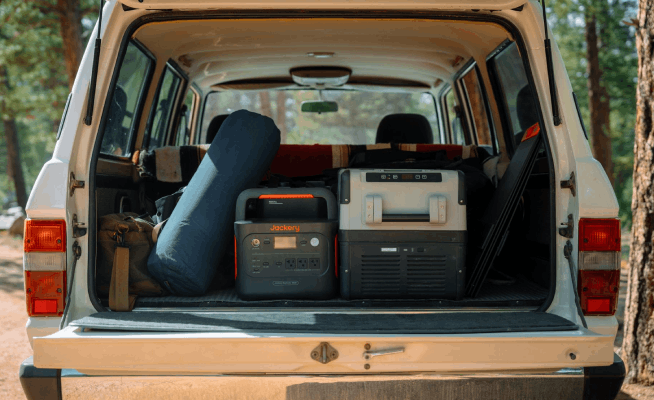

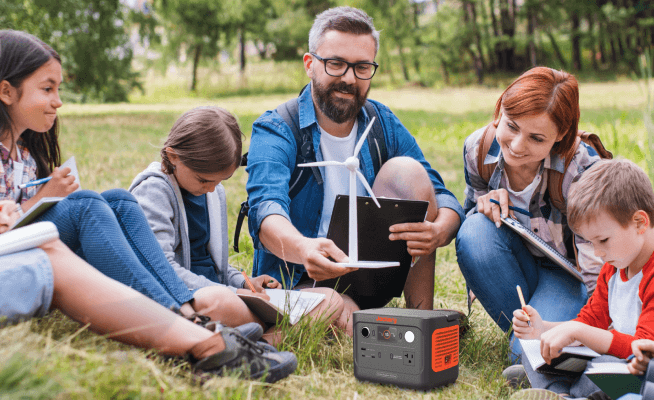











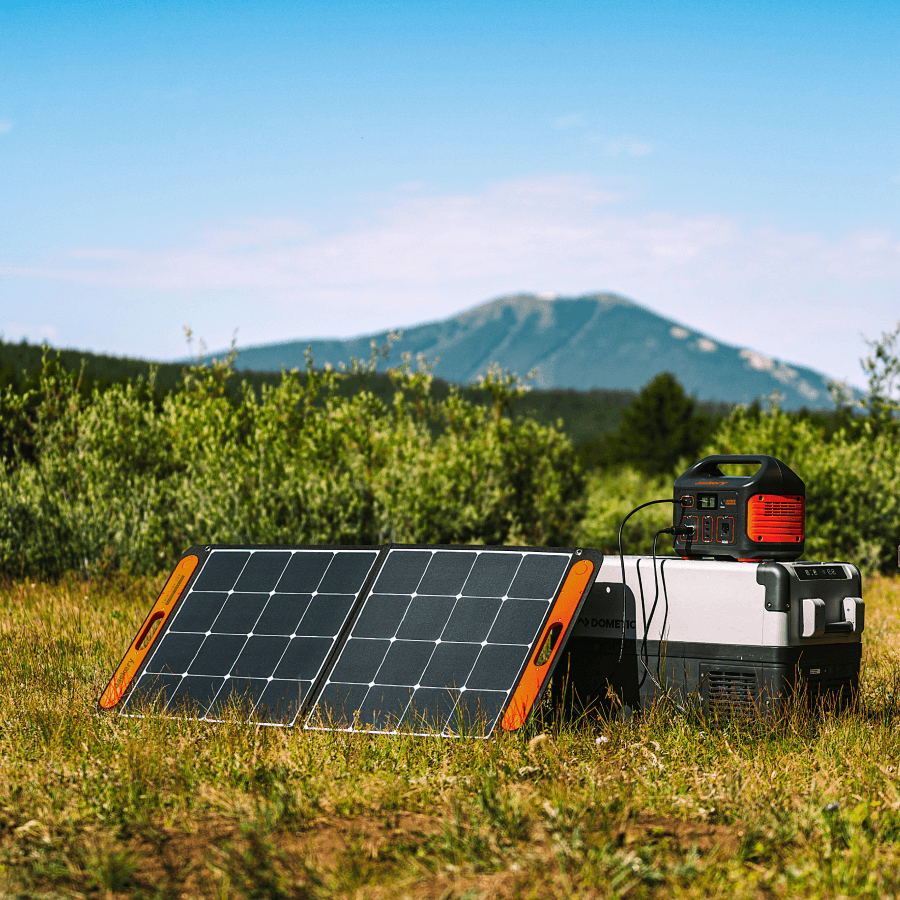
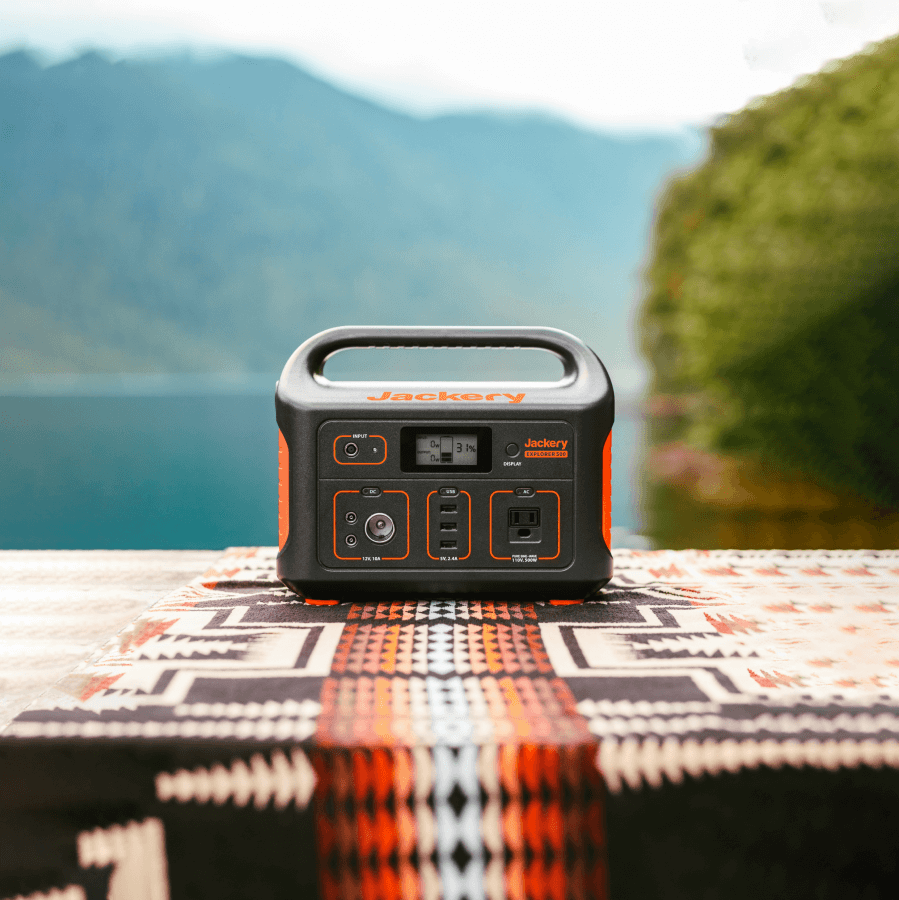
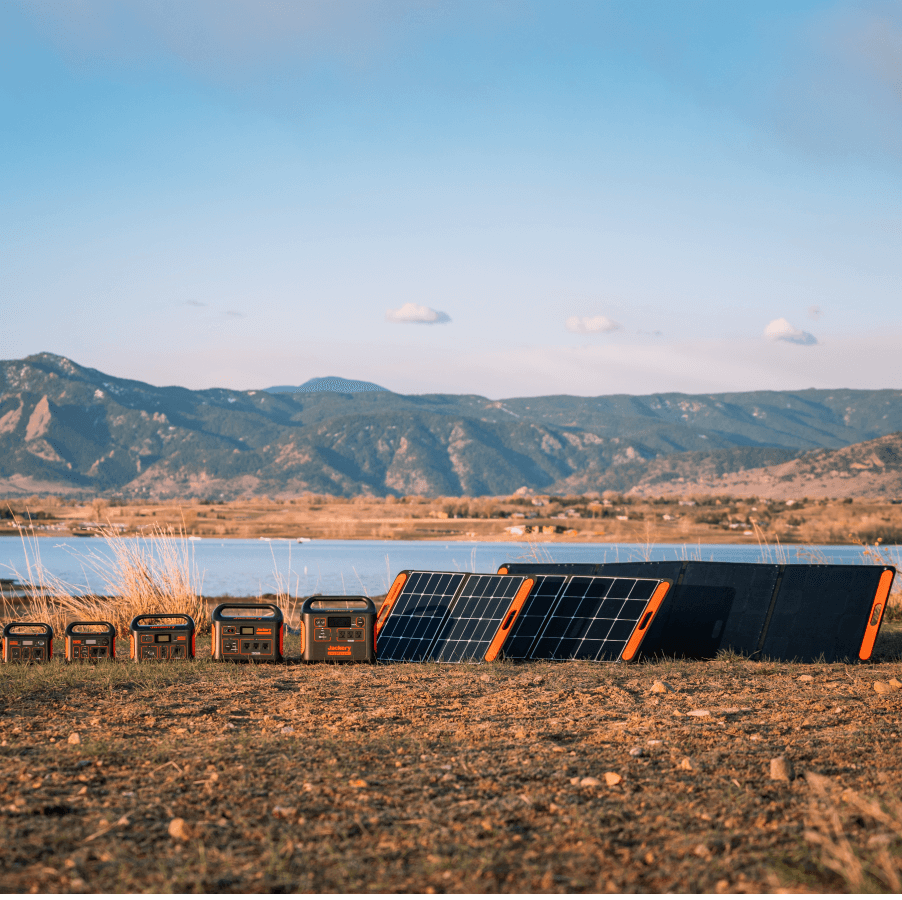
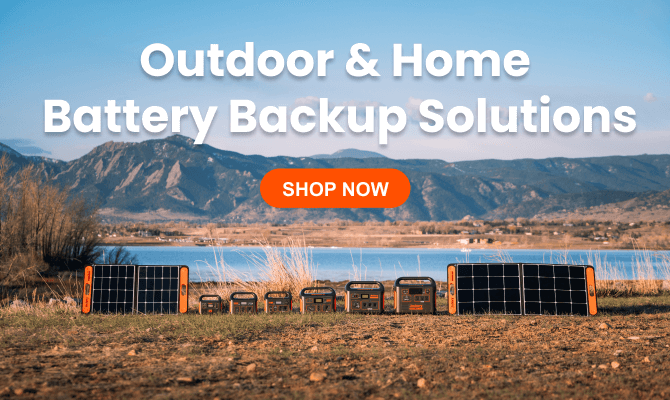
Leave a comment